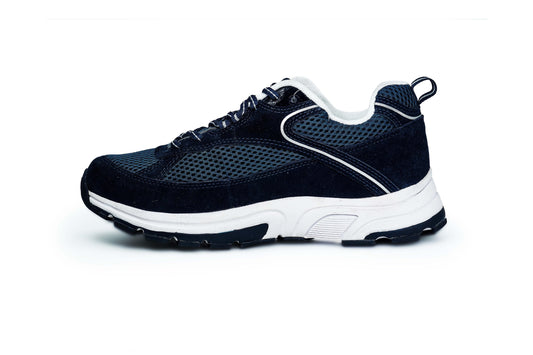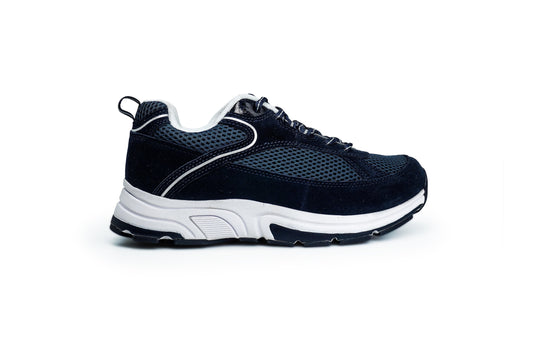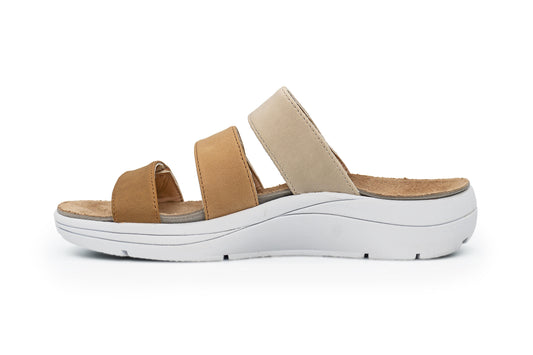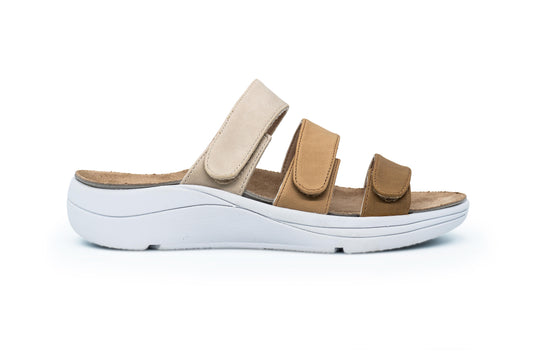Waking up to a sharp pain in the back of your heel can be a frustrating way to start the day. Morning heel pain is a common complaint that can significantly impact your daily routine, making it difficult to walk, exercise, or even stand for prolonged periods. Understanding the causes of this discomfort and exploring practical remedies can help you tackle the problem head-on.
Heel pain in the morning is often described as a sharp, stabbing sensation that primarily affects the back of the foot. This discomfort typically lessens as you move around, but it can return after periods of rest or inactivity. Various factors can contribute to this type of pain, with plantar fasciitis being the most common culprit.

Plantar Fasciitis: The Leading Cause
Plantar fasciitis is an inflammation of the plantar fascia, a thick band of tissue that runs across the bottom of your foot, connecting the heel bone to the toes. This condition is often responsible for heel pain after sleeping or upon waking up.
When the plantar fascia is overstressed or overused, it can develop tiny tears, leading to irritation and inflammation. This results in the characteristic heel pain in the morning because the plantar fascia tightens while you sleep, causing sharp pain when you first put weight on it.

Other Causes of Morning Heel Pain
While plantar fasciitis is the most common reason for heel pain after waking up, other conditions can also contribute to this discomfort:
-
Achilles Tendinitis: Inflammation of the Achilles tendon, which connects the calf muscle to the heel bone, can cause pain at the back of the heel, especially in the morning.
-
Heel Spurs: A bony growth on the heel bone, often linked with plantar fasciitis, may worsen morning pain.
-
Bursitis: Inflammation of the fluid-filled bursa around the heel joint that often occurs alongside Achilles tendinitis.
-
Tarsal Tunnel Syndrome: Compression of the posterior tibial nerve can trigger tingling or pain in the heel and arch, most noticeable after rest.
Remedies for Morning Heel Pain
Stretching and Strengthening Exercises

Regular stretching and strengthening exercises help reduce tension in the plantar fascia and Achilles tendon, promoting flexibility and easing discomfort. Simple routines like calf stretches, plantar fascia stretches, and toe curls can make a noticeable difference over time.
Footwear and Orthotics
Wearing supportive footwear is one of the most effective ways to reduce strain on your heels. At DiabeticShoe.in, you’ll find carefully designed footwear with extra cushioning and arch support, specifically created for comfort and long-term foot health.
Orthotic inserts can also help distribute pressure evenly across the foot, while night splints prevent the plantar fascia from tightening during sleep.
Pain Relief and Inflammation Reduction
Cold therapy, such as applying an ice pack for 15–20 minutes, helps reduce inflammation. Over-the-counter NSAIDs may also provide temporary relief, but they should be used cautiously and not as a long-term solution.
Lifestyle Modifications
Maintaining a healthy weight minimizes excess pressure on the heels. Opting for low-impact activities like swimming or cycling instead of running on hard surfaces can also help manage pain more effectively.
When to See a Doctor

If morning heel pain persists despite self-care remedies, consulting a healthcare professional is crucial. Advanced treatments such as physical therapy, corticosteroid injections, or in severe cases, surgical options, may be necessary for lasting relief.
Stepping Into Comfort
Morning heel pain may try to slow you down, but with the right balance of stretches, lifestyle adjustments, and supportive footwear, you can ease discomfort and regain comfort in your daily movements. Choosing the right shoes—like those offered by DiabeticShoe.in—can be the difference between starting your day with pain or with ease.








